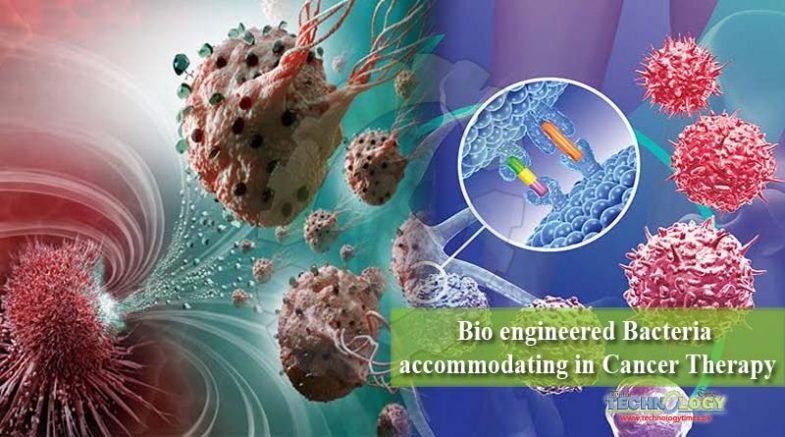Cancer refers to a group of diseases associated with abnormal cell growth that has the potential to spread to other parts of the body.
 Humans can be affected by over 100 different types of cancers. About 90-95% cases of cancer are result of genetic mutations while remaining 5-10% are caused by inherited genetics. Environmental factors that cause genetic mutations, leading to cancer, include tobacco (25-30%), diet and obesity (30-35%), infectious diseases (15-20%), radiations (up to 10%), lack of physical activity and pollution etc.
Humans can be affected by over 100 different types of cancers. About 90-95% cases of cancer are result of genetic mutations while remaining 5-10% are caused by inherited genetics. Environmental factors that cause genetic mutations, leading to cancer, include tobacco (25-30%), diet and obesity (30-35%), infectious diseases (15-20%), radiations (up to 10%), lack of physical activity and pollution etc.
Psychological stress may worsen the outcomes in cancer patients. Hormones can also promote cell proliferation.
Initially, no signs and symptoms of cancer can be observed until or unless the mass ulcerates. Findings depend upon cancer’s type and location. Local symptoms occur due to ulceration that leads to bloody coughing (in lung cancer), bloody urine (in bladder cancer) or rectal bleeding (in colon cancer) etc.
Systemic symptoms are result of body’s response towards the cancer leading to weight loss, skin changes, cachexia (i.e. muscle loss and weakness), lethargy, fever etc. Metastasis symptoms include enlarged lymph nodes, enlarged liver or spleen, neurological symptoms or fracture of affected bones etc.
According to data from GLOBOCAN 2012 by International Agency for Research on Cancer (IARC), most prevalent cancers in Pakistan were Breast, lip and oral cavity, cervix uteri, colorectal and bladder respectively.
Highest incidence rate and mortality rate of 23% and 16.1% was recorded for breast cancer i.e. followed by lip and oral cavity cancer with 8.6% incidence rate and 7.2% mortality rate. Incidence rate of 4.6% and mortality rate of 5.9% was recorded in case of lung cancer. Next non-Hodgkin lymphoma resulted in incident rate of 4% and mortality rate of 4.3%.
Different bacteria have ability to target tumors and induce antitumor effects. Some regions in certain tumors are oxygen deficient, apoptotic and inaccessible to cancer drugs, rendering radiation therapy ineffective as well. Hence bacterial use has merit to migrate to such tumor regions. Examples of Engineered bacteria’s clinical trials include:
- In end of 19th Century, William Coley used combination of Streptococcus pyogenes and Bacillus prodigiosus (Serretia marcescens) i.e. Coley’s Toxin for soft tissue sarcoma patient’s treatment.
- Clostridium species, being obligate anaerobe, survive in hypoxic regions of tumors. When spores are delivered, there is induction of antitumor effects upon germination and proliferation takes place.
- The attenuated strain of Mycobacterium bovis i.e. Bacille Calmette Guerin (BCG) can be used for the treatment of superficial bladder carcinoma inducing inflammatory response and producing cytokines leading to antitumor immunity.
- Salmonella strains can be used in Bactofection, a method by which bacteria are used as vectors for transfer of plasmid with therapeutic genes to tumor cells.
- In anticancer vaccination approach, bacteria are engineered for the production of antigen able to induce antitumor response like that being developed in Listeria.
- Bacterial toxins can also be used for cancer treatment like Diphtheria toxin, Pseudomonas exotoxin, Cholera toxin (i.e. cytotoxic) or Bordetella pertussis toxin etc.
In a nutshell, this approach has a potential to advance cancer therapy. Safety issues and public attitude will have significant impact for adoption of this approach. However, if bacteria specifically engineered for any organ etc. are used, this will be optimal approach. The need is strategic development of bacterial therapeutics to make bacteria more acceptable for cancer therapy and other debilitating diseases.
